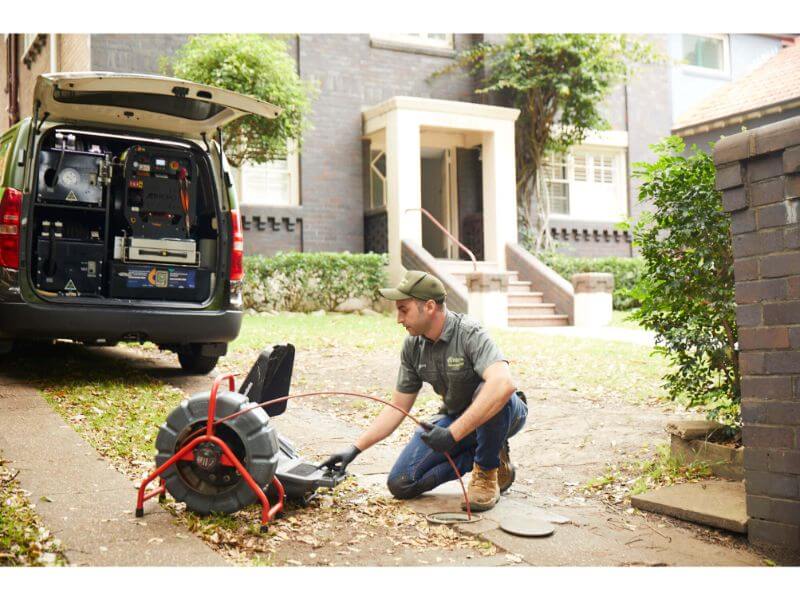Australia has some of the most extreme weather conditions on the planet. So, Sydney homeowners are no strangers to sudden flooding due to a torrential downpour.
Floods are a natural disaster that unfortunately, affect many Sydney-siders every year. With this risk in mind, it’s important to develop a flood-preparedness plan to keep yourself and your loved ones safe.
In this blog, we’ll look at the 8 ways you can prepare for flooding so that you, your loved ones and your home can stay as safe as possible. You may be surprised at how something as little as blocked drains in Sydney homes can cause damage during heavy flooding.
Use the following links to quickly jump to the tip you’re most interested in.
- Check for flood risk in your area
- Check the drainage around your home
- Set up an emergency kit for your household
- Set up an emergency plan for your home
- Complete any necessary renovations
- Prepare your pool
- Install rain and flood detectors
- Address your pipe and plumbing concerns quickly
Read on to learn the first step in preparing for Sydney floods.
1. Check for flood risk in your area
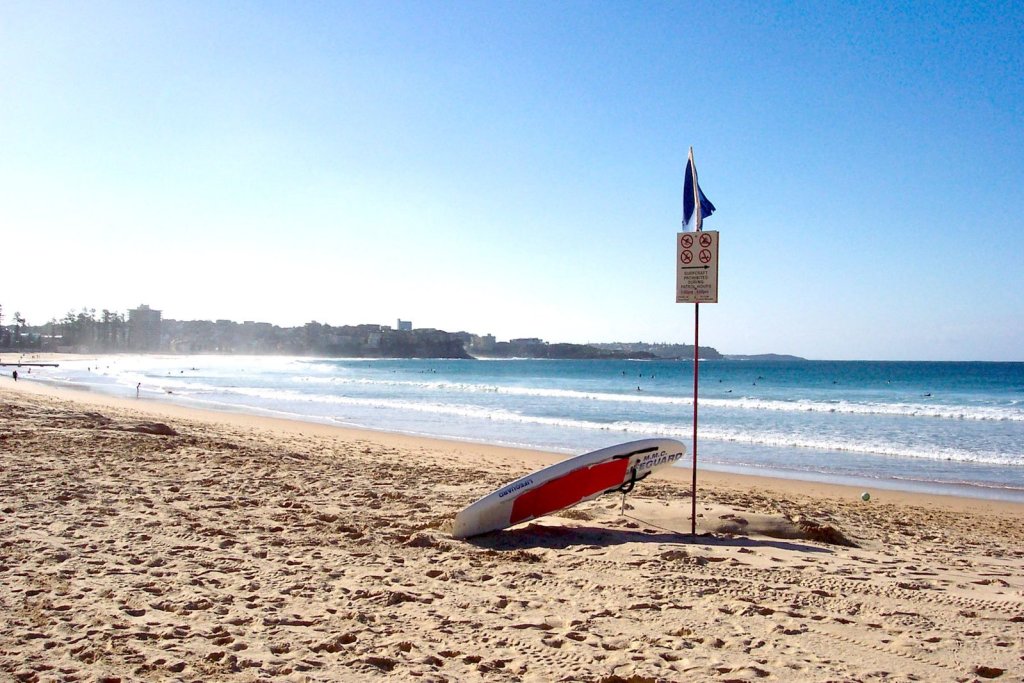
A flood risk assessment can quickly inform you of the level of floodproofing your home needs. In addition, understanding the history of flooding and rain activity in your area can provide valuable insight into the timeline to prepare your home with the most effective measures.
While doing your research, investigate your insurance policy to check if they cover blocked drains and flood damage. Many policies will cover you if your pipes make your home inhabitable through flooding or if the home’s contents are damaged.
2. Check the drainage around your home
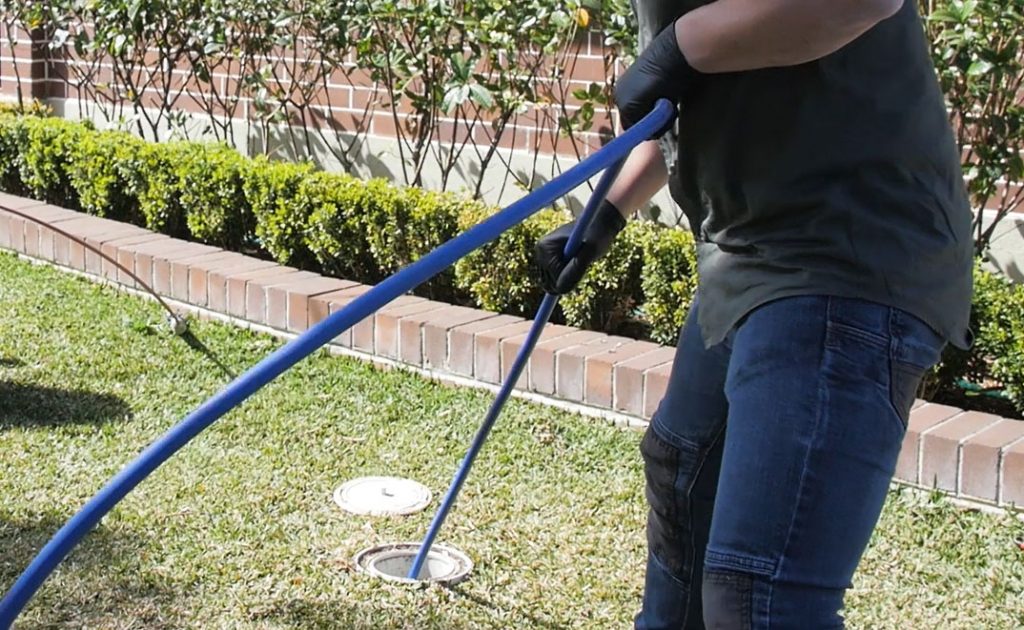
Flooding can occur when the drainage around your home is inadequate, or there isn’t a mechanism in place to redirect large amounts of water from your property. That’s why it’s so important to check your pipes to prevent them from flooding during the next storm season.
8 Common items that can block drains around your house & property
- Dust
- Debris
- Leaves
- Tree Roots
- Hair
- Grease/fat
- Mud
- Fallen shrub or tree branches
Plumbing pipes form an important drainage network for your home and those surrounding it. Heavy stormwater can be enough to cause an overflow in the sewage systems if they are placed under enough pressure.
For example, we’ve seen a number of residents in the Northern Beaches with blocked pipes who needed pipe relining after their sewer pipes broke.
Before the rainy season starts, it’s a good idea to clear the stormwater drains around your property. This will prevent overflow if there’s a hidden clog at hand.
3. Set up an emergency kit for your household
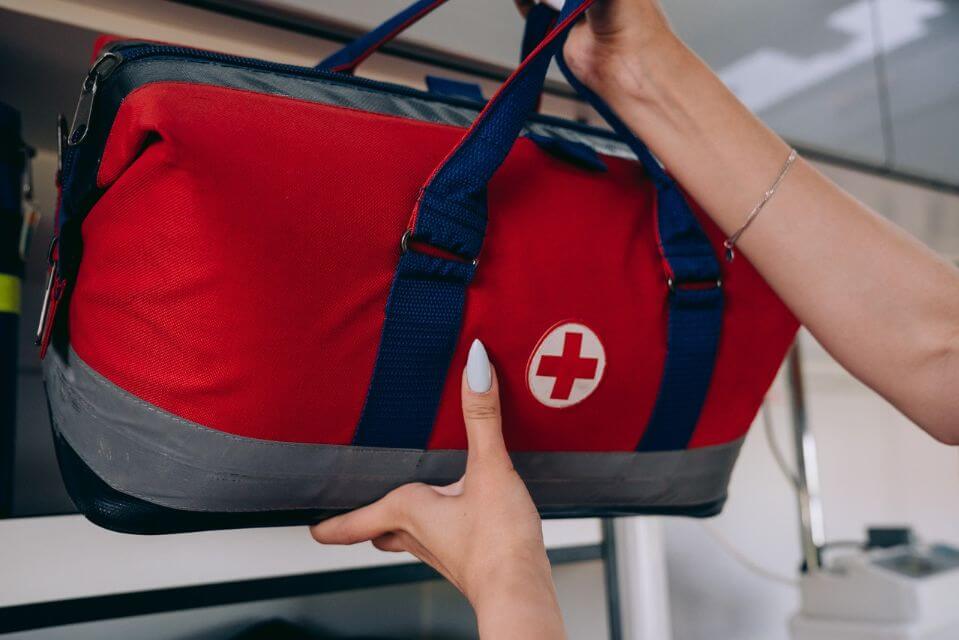
Preparation isn’t just for those with bunkers and stockpiled toilet paper. Having an emergency kit prepared can provide an essential benefit in a disaster. The purpose of an emergency kit is to provide all that you might need should you have to leave your home in a hurry.
Items your emergency flood kit should include:
- A supply of necessary medications (ensure they are kept in date)
- A torch and portable radio with spare batteries
- A first aid kid with supplies necessary for your family
- Candles and matches
- Important documents with emergency contact information
- Changes of clothes and shoes
- Fresh food and water
- Any supplies for those with specific needs, such as babies and the elderly
Ensure all items are kept in a waterproof bag that is stored in an easily accessible location should you need to grab it in a hurry. Make a habit of checking your emergency kit at least every few months and keep up to date emergency numbers on your fridge for quick reference.
4. Set up an emergency plan for your home

Everyone in your home needs to know what to do in case of an emergency.
Whether you’re a diligent storm watcher or rely on NSW government-issued text alerts, you should have a plan in place if the weather should suddenly shift. Sometimes, all that’s needed is to sandbag your property and wait it out.
However, you may need to reinforce your windows and doors and prepare for evacuation at other times. In these instances, it’s vital that everyone in your family remains calm and clearly understands what to do.
In 2022, Sydney’s Northern Beaches experienced four major rain events within a few months, forcing people out of their homes and businesses with very little warning. This experience emphasised the need to be constantly prepared for the worst.
5. Complete any necessary renovations
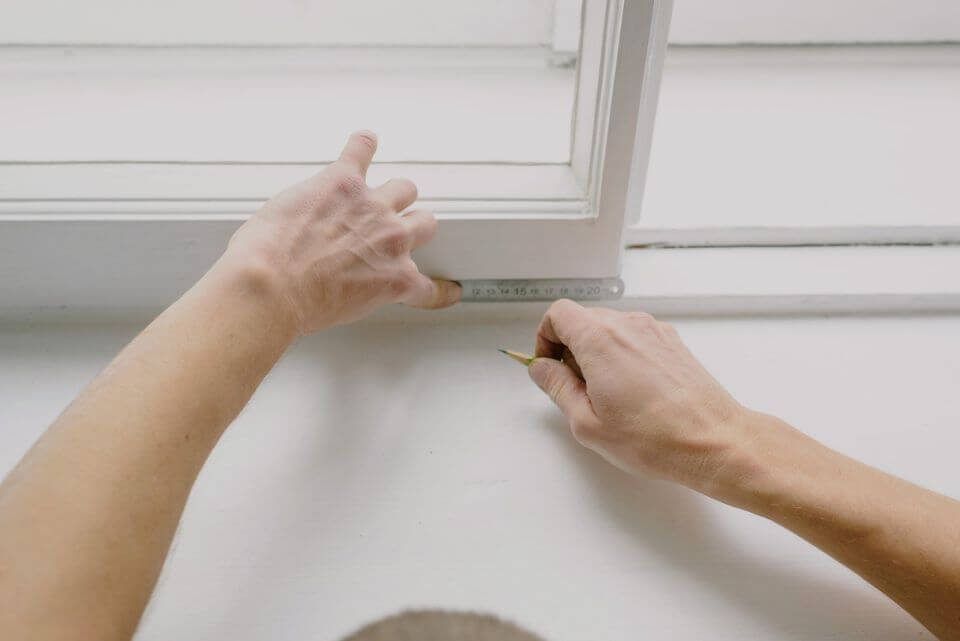
We get it, you’ve put off repairing that landscaping issue, or you’ve let the hole in the garage roof sit there for too long. How risky could it be to put it off for another weekend? Unfortunately, Australian weather is often unpredictable, and putting off your home repairs or renovations can be a very costly mistake.
Some savvy homeowners even renovate their homes to make them more flood resistant. You may even find you can save on your insurance premium by floodproofing your home.
4 ways to make your home more flood resistant
- Raise your home above flood level
- Reinforce your window glass
- Invest in removable flood shields for your doors
- Replace carpet with waterproof concrete.
6. Prepare your pool

Pools add an extra element of risk during severe weather.
Floodwater can contaminate your pool water, damage your decking and pool equipment, and be a serious dampener on your carefully curated chill zone.
If severe weather is on the horizon, it is wise to lower your pool water by the expected amount of rainfall (you can blame it on the weatherman if the predictions don’t align for your now shallow pool). While you’re at it, bring in any loose pool equipment or furniture, and check your gutters one more time to make sure they’re clear.
If your home is in a high-risk area for floods, here are a few tips to keep your pool safe during the next downpour:
How to protect your pool during heavy rains
- Raise the pool equipment off the floor
- Shield all your pool’s electrical components
- Store sandbags in your pool shed for easy access
- Install backflow valves in your drainage lines
- Keep a laminated list in your pool area of your local emergency plumbers and electricians
If your backyard pool is leaking, ensure you look into getting this fixed sooner than later. Sometimes, a larger problem could be brewing with amidst your underground sewer pipes.
7. Install rain and flood detectors
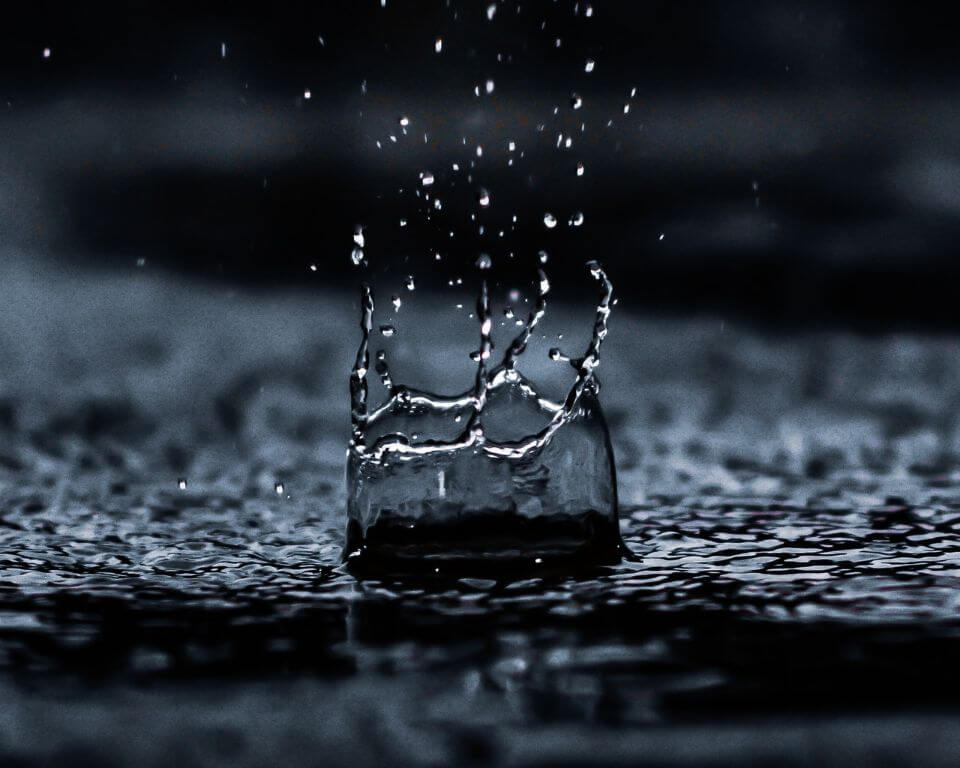
Just as you would install security cameras to monitor suspicious activity, you should install detectors to keep track of rising flood waters. Most flood detectors and alarms on the market can track even the smallest amount of water levels.
Your sensor will alert you of anything from a small leak to when rainwater gets too high for comfort. This can be particularly useful if you live in a remote area.
8. Address your pipe and plumbing concerns quickly
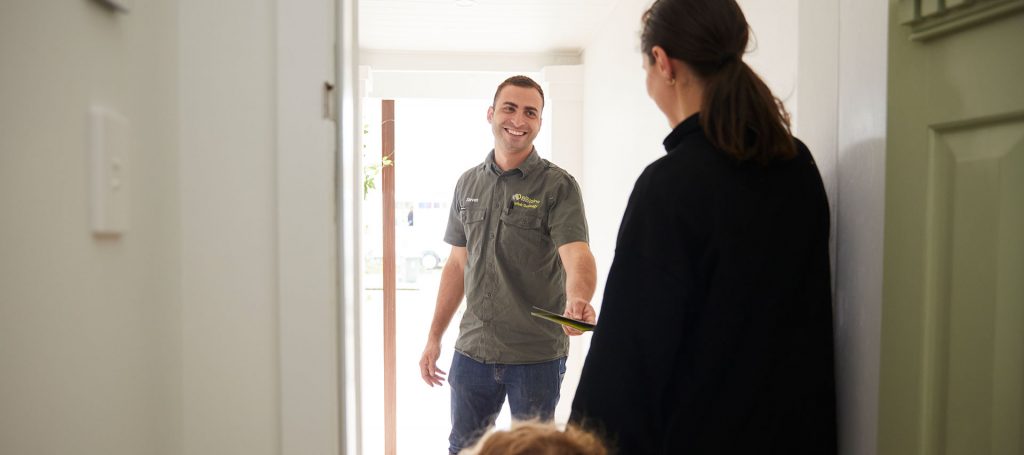
During a flood, the threats to your pipes may not be obvious, but that doesn’t make them any less present.
Your pipes and drains may not be prepared to handle a sudden deluge with the extra pressure from flooding forcing minor cracks to expand and tree roots to soften and find their way into the pipes.
Plumbing functions at full throttle during a storm and if you have clogged drains or blocked stormwater pipes, it could mean a recipe for disaster.
If you’re unsure about the health and strength of your sewer pipes, learn more about the signs of a cracked pipe on your property.
Otherwise, The Relining Company offers comprehensive CCTV inspections, trenchless, pipe relining in Sydney.
Get in touch today for your free consultation to gain the priceless peace of mind that your pipes are ready for storm season.
Back to Top